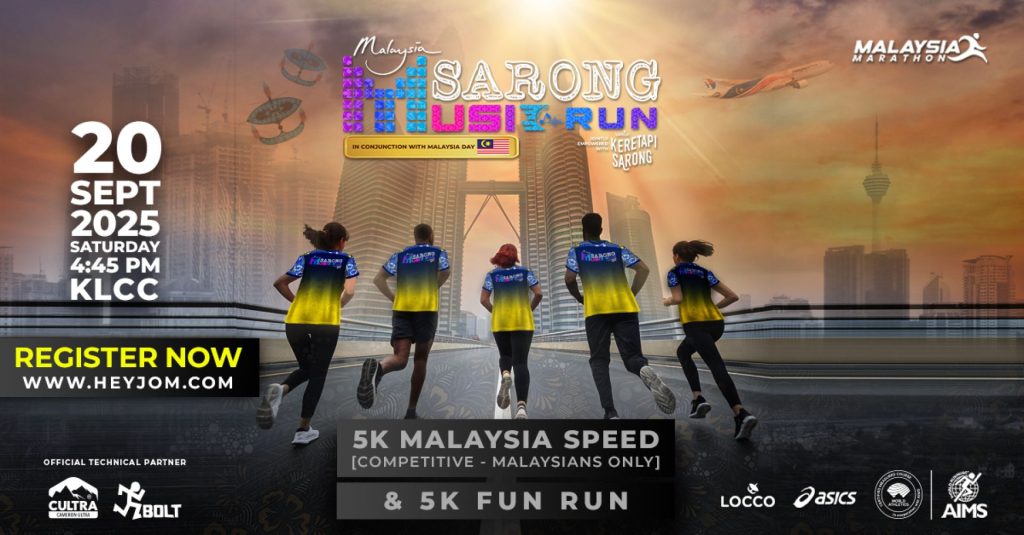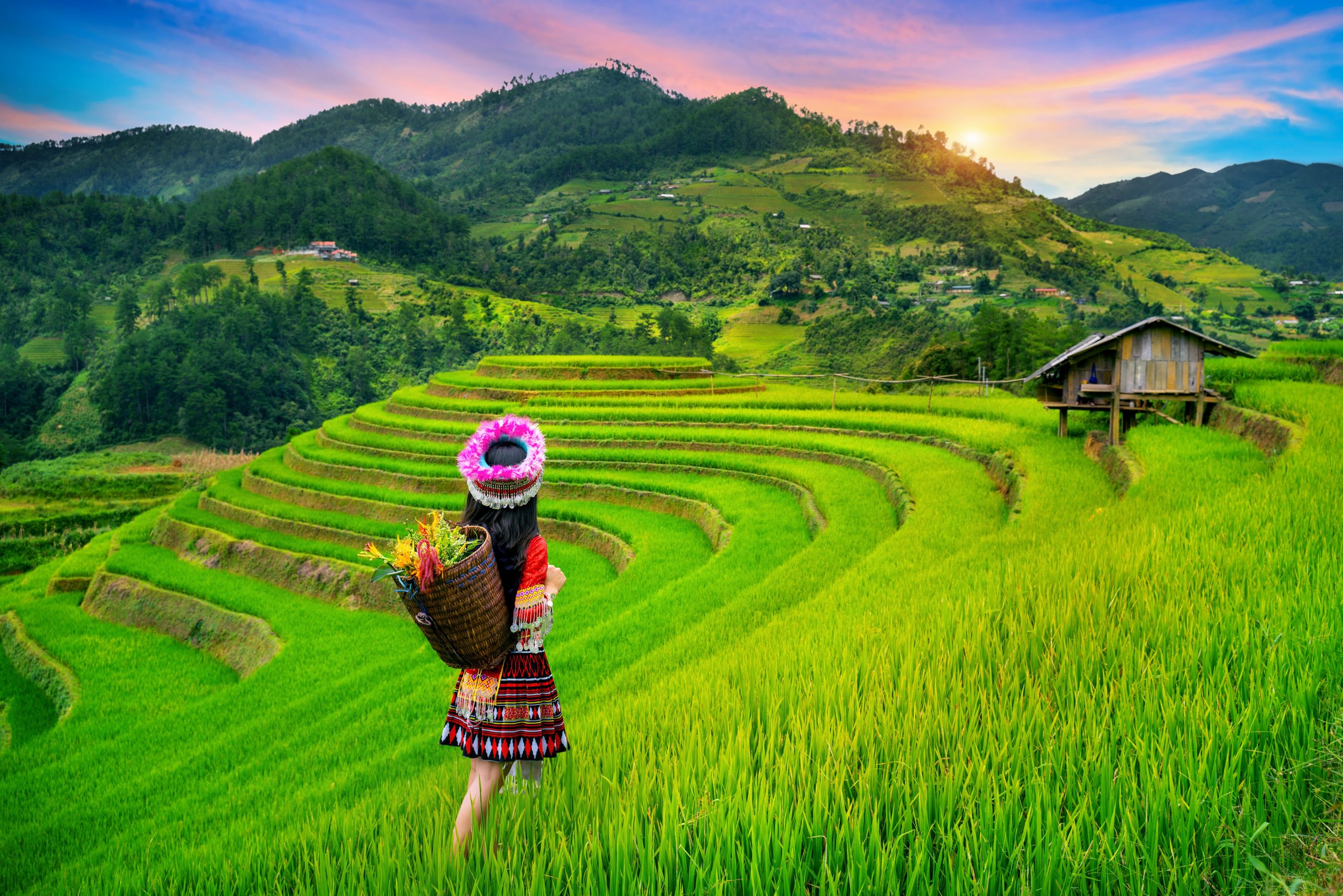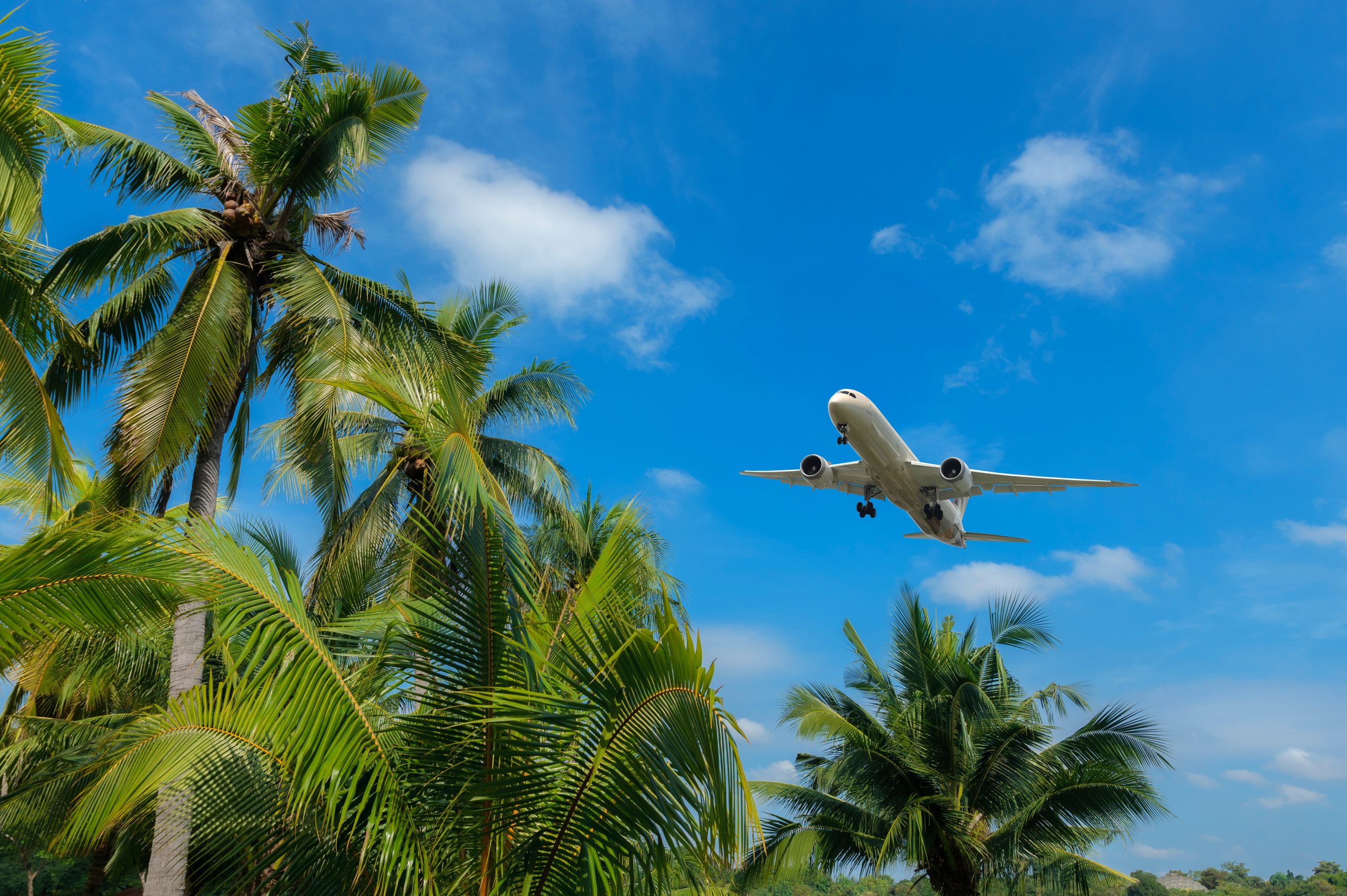
Kuala Lumpur recently played host to the third Malaysia Sarong Music Run, an event that has quickly become one of the highlights of the nation’s tourism calendar. Held on Malaysia Day 2025 (20 September) at the PETRONAS Twin Towers, the festival drew an impressive 15,000 runners from 26 countries, underscoring its rising international appeal. More than just a sporting event, the Sarong Music Run has evolved into a vibrant celebration of culture, wellness and community, offering a distinctive experience for both participants and spectators.
At the heart of the event lies the sarong — a traditional garment that symbolises Malaysian cultural identity. Runners and attendees were encouraged to don sarongs, transforming the streets of Kuala Lumpur into a colourful display of heritage and unity. This focus on cultural expression highlights the event’s role in promoting cultural tourism, giving visitors a unique opportunity to engage with local traditions in a playful yet meaningful way. As a result, the Sarong Music Run has become a platform for showcasing Malaysia’s heritage on the international stage.
Wellness is another central theme of the event. Featuring a 5-kilometre fun run and a relay race, the Sarong Music Run is designed to appeal to participants of all ages and fitness levels. By combining exercise with cultural immersion, it positions Malaysia as a destination for wellness tourism, where travellers can enjoy a holistic mix of leisure, sport and heritage. The inclusive approach encourages families, individuals and groups to take part, promoting healthier lifestyles and reinforcing the growing trend for wellness-oriented travel.
Sustainability also plays a prominent role in the Sarong Music Run. Organisers have adopted eco-friendly practices such as reducing waste, encouraging sustainable transportation and aligning with Malaysia’s broader green tourism objectives. By linking a mass participation event with environmental responsibility, the run highlights the country’s efforts to ensure that tourism growth contributes positively to both the economy and the environment.
The reach of the Sarong Music Run extends beyond Kuala Lumpur. With activities also being promoted in regional destinations such as Cebu, Bohol, Davao and Clark, the initiative is helping to spread tourism flows beyond Malaysia’s primary urban centres. This strategy supports more balanced tourism development by driving visibility and economic benefits to emerging destinations, allowing travellers to experience Malaysia’s diverse natural and cultural landscapes in less commercialised settings.
The event also strengthens Malaysia’s position in the Meetings, Incentives, Conferences and Exhibitions (MICE) sector. By incorporating team-building elements and opportunities for corporate participation, it demonstrates how cultural and wellness events can be leveraged for business tourism. This dual focus reflects Malaysia’s evolving tourism landscape, where leisure and business increasingly intersect.
The economic impact of the Sarong Music Run is significant. In addition to drawing international visitors, it stimulates local economies by boosting demand for accommodation, dining, transport and entertainment. Local vendors, artisans and small businesses benefit from exposure to a global audience, creating new opportunities for community development.
Perhaps most importantly, the event fosters cross-cultural exchange. By inviting participants from around the world to wear sarongs, enjoy local food and take part in traditional performances, the festival builds bridges between visitors and local communities. This emphasis on inclusivity and cultural understanding ensures that the Sarong Music Run is more than a race — it is a symbol of Malaysia’s dynamic, multicultural identity and its future as a leading tourism destination.
As Malaysia prepares for the Visit Malaysia 2026 campaign, events like the Sarong Music Run will continue to play a crucial role in shaping the country’s image abroad. By uniting culture, wellness, sustainability and business, the festival reflects Malaysia’s evolving tourism landscape and reinforces its appeal to a global audience.




